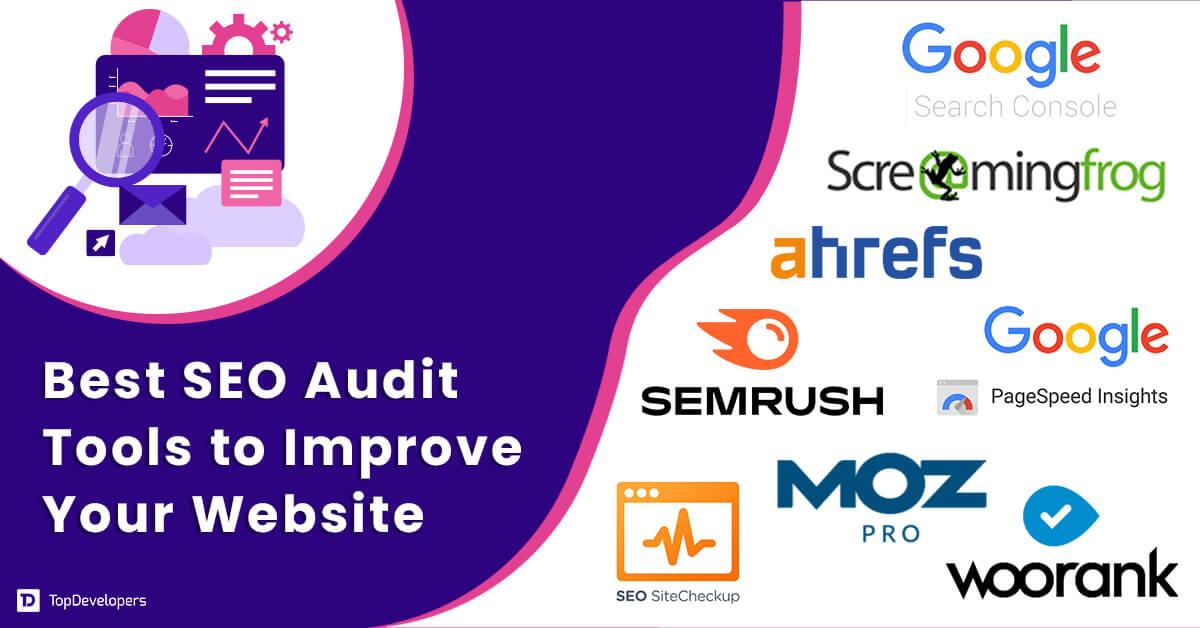Introduction:
Hey there, fellow WordPress enthusiasts! If you’ve ever found yourself marveling at the stunning graphics, immersive content, and interactive features on some websites, you might be wondering how they manage to pull it all off. The secret sauce? It could very well be Generative Engine Optimization—or GEO for short!
Now, don’t let the tech jargon scare you away. You might think, “Isn’t optimization just for the pros?” Well, let me assure you: if you can navigate WordPress, you can definately harness the power of GEO. Just imagine transforming your site into a vibrant, engaging hub that attracts visitors and keeps them coming back for more.Sounds tempting, right?
In this beginner’s guide, we’ll break down the basic concepts of Generative Engine Optimization, explore how it can elevate your WordPress site, and provide you with practical tips that you can start implementing today. So grab your favorite beverage, get comfy, and let’s dive into the exciting world of GEO.Your website’s potential is just waiting to be unleashed!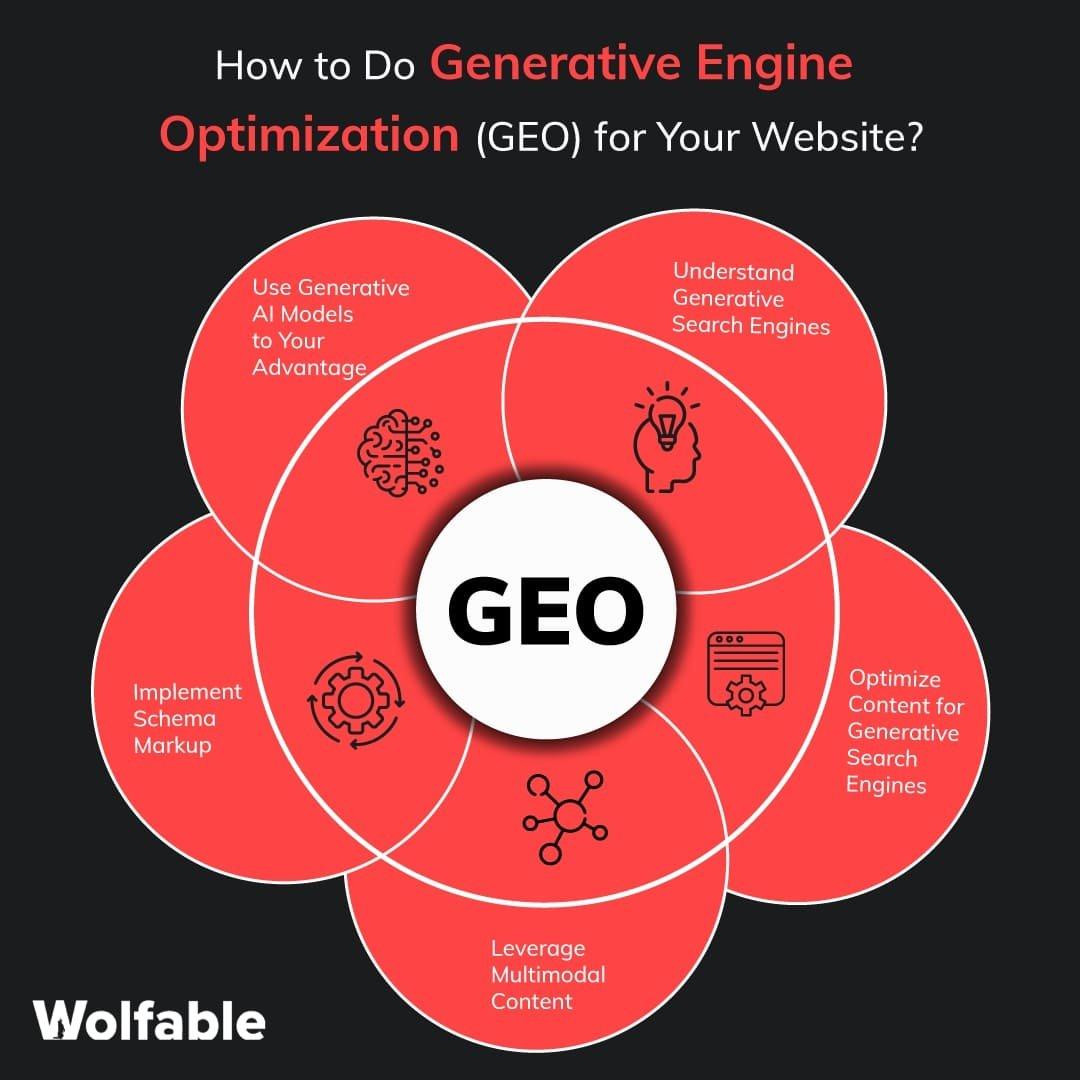
Understanding Generative Engine Optimization and Its Importance for WordPress
In the evolving landscape of digital marketing, understanding the nuances of search engine optimization (SEO) has become essential for anyone looking to enhance their online presence. Among these nuances,Generative engine Optimization (GEO) is a new frontier that holds immense potential,especially for wordpress users. GEO focuses on optimizing content generated by AI tools and modeling how search engines interpret and rank this AI-generated content.
To grasp the importance of GEO, it’s essential to recognize how search engines are evolving. With the rise of AI and machine learning,search engines are becoming more adept at understanding context,intent,and even sentiment. This means that simply stuffing your content with keywords will no longer cut it. Instead,you need to create valuable and engaging content that resonates with both users and search engines. Here are some key aspects to consider:
- Quality Over Quantity: Focus on producing high-quality content that provides real value to your audience. GEO emphasizes that well-researched, contextually relevant content will perform better than generic articles.
- Content Relevance: Ensure that your content closely aligns with the topics that your audience is searching for. Utilize keyword research tools to identify trending topics within your niche.
- Readability and Engagement: Structure your content to be easily digestible. Use headings, bullet points, and short paragraphs to enhance readability, keeping your audience engaged.
Integrating GEO into your WordPress site also involves the strategic use of plugins and tools designed to enhance SEO. Here’s a simple comparison table of popular plugins that can help in implementing GEO:
| Plugin | Features | Best For |
|---|---|---|
| Yoast SEO | Content analysis, readability score, keyword optimization | General SEO improvements |
| Rank Math | Schema markup, rich snippets, automated SEO | Advanced users seeking customization |
| All in One SEO Pack | Meta tags, XML sitemaps, social media integration | Beginners looking for an easy setup |
Moreover, GEO is not just about content creation; it also includes understanding how to optimize user experience. Factors such as page load speed, mobile responsiveness, and user interface design are now critical components of SEO. Search engines favor sites that provide a smooth and enjoyable browsing experience,so ensure your WordPress theme is optimized for both desktop and mobile users.
embracing Generative Engine Optimization is vital for anyone serious about improving their WordPress site’s visibility and engagement. By focusing on quality content, understanding user intent, leveraging the right tools, and prioritizing user experience, you can set your website up for success in a competitive digital landscape.
Key Elements of a successful Generative Engine Optimization Strategy
To effectively harness the potential of generative engines for your WordPress site, it’s vital to focus on several key elements that will set your optimization strategy apart from the competition. First and foremost, content relevance and quality shoudl be at the forefront of your efforts. High-quality, engaging content not only resonates with your audience but also signals to search engines that your site is a valuable resource. This means crafting original articles,informative posts,and visually appealing media that align with user intent.
Another essential component is keyword optimization. Conduct thorough keyword research to identify terms that your target audience is searching for. Use these keywords strategically throughout your content,including in titles,headers,and meta descriptions,without compromising the natural flow of your writing. This balance is crucial; overstuffing content with keywords can lead to penalties from search engines, while underutilizing them can leave your content unnoticed.
In addition, consider the role of technical SEO. Ensure that your WordPress site is optimized for speed, mobile responsiveness, and easy navigation. This involves selecting a lightweight theme, utilizing caching plugins, and ensuring that images are appropriately compressed.A well-structured site will not only enhance user experience but also improve your rankings in search engine results.
don’t overlook the importance of user engagement. Encourage readers to comment, share, and interact with your content. Use engaging calls-to-action (CTAs) to guide users toward taking desired actions, such as subscribing to your newsletter or exploring related articles. Engaged users are more likely to return to your site, and their interactions can help signal the value of your content to search engines.
analytics and iteration play a critical role in the ongoing success of your optimization strategy. Regularly review metrics such as page views, bounce rates, and user engagement levels to understand what works and what doesn’t. Make data-driven decisions to refine your approach, continually improving your content and strategies based on real-world performance.
| Element | Description |
|---|---|
| Content Quality | high-quality,engaging,and relevant content that speaks to the audience. |
| Keyword Optimization | Strategically implementing keywords without compromising readability. |
| Technical SEO | Optimizing site speed, mobile responsiveness, and navigation. |
| User Engagement | Encouraging interaction through comments,shares,and CTAs. |
| Analytics | Using data to refine strategies and improve content performance. |
How to Choose the Right Generative Tools for Your WordPress Site
Choosing the right generative tools for your WordPress site can feel overwhelming, especially with the myriad of options available.To make the selection process easier, consider focusing on a few key factors that align with your site’s goals and audience. Start by identifying the specific needs of your site. Are you looking to generate unique content, improve SEO, or enhance user engagement? Establishing clear objectives will help you narrow down your options.
Next, evaluate the user-friendliness of the tools. If you’re a beginner, you’ll want tools that come with straightforward interfaces and clear documentation. Look for generative tools that offer a robust support system, including FAQs, tutorials, and community forums. This support can be invaluable as you navigate the learning curve associated with integrating new technology into your WordPress site.
Another vital factor is the integration capabilities of the tools. ensure that the generative tools you consider can seamlessly integrate with your existing WordPress plugins and themes. Compatibility is crucial to avoid any potential conflicts that could disrupt your site’s performance. Review the tool’s compatibility documentation before making a final decision.
when comparing tools,also take a close look at the pricing structures. many generative tools offer tiered pricing based on the features provided.Here’s a simple breakdown of common pricing models:
| Tool | Basic Plan | Pro Plan |
|---|---|---|
| Content Generator A | Free | $19/month |
| Content Generator B | $9/month | $29/month |
| Content Generator C | Free with ads | $15/month |
Lastly, don’t underestimate the power of user reviews. Before committing to a tool, spend some time researching what other users have to say. Look for reviews that highlight the pros and cons of each tool, and pay attention to feedback regarding customer service, reliability, and results achieved. This firsthand insight can guide you toward a tool that not only meets your needs but also delivers a positive experience.
Crafting Engaging Content that Boosts Your Generative Engine Performance
Creating content that captivates your audience is crucial for enhancing the performance of your generative engine. The key lies in understanding your audience and tailoring your content to meet their needs. Begin by conducting thorough research to identify the interests and pain points of your target demographic. This insight will guide you in developing topics that resonate, ensuring that your content is not only informative but also engaging.
incorporate various content formats to keep your audience engaged. Consider using:
- Infographics: Visual representations of data can simplify complex facts.
- Videos: Short clips can convey your message quickly and are highly shareable.
- Podcasts: Audio content allows for multitasking and can reach an audience on the go.
- Interactive Content: Quizzes or polls can create a two-way interaction, increasing user engagement.
Utilizing SEO strategies is another essential aspect of crafting engaging content.Start by optimizing your titles and meta descriptions with relevant keywords. Additionally, ensure your content is structured correctly, using headings and subheadings for easy navigation. A well-structured post not only helps with SEO but also enhances readability, keeping your audience on the page longer.
| Content Type | Engagement Level | SEO Potential |
|---|---|---|
| Blog Posts | Medium | High |
| videos | High | Medium |
| Podcasts | Medium | Low |
| Infographics | High | Medium |
always encourage user interaction. Prompt your readers to leave comments, ask questions, or share their experiences related to your content. this engagement not only builds community but also provides valuable feedback that can inform future content creation. The more interactive your content is,the more likely it is to perform well in search engine rankings.
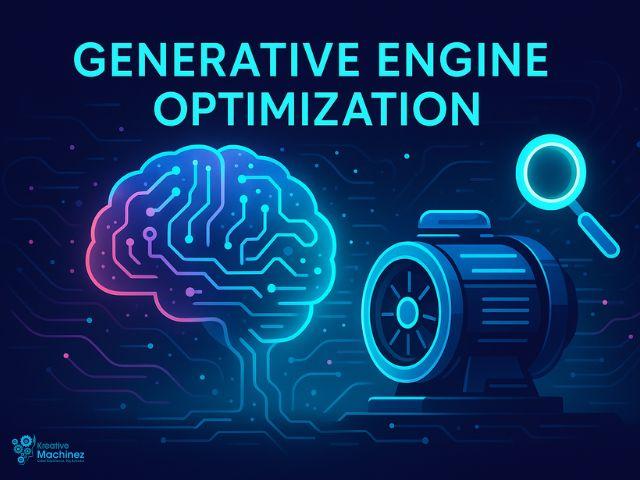
SEO Basics for Generative Engines: What Every Beginner should Know
When it comes to optimizing your content for generative engines, understanding the essential principles of SEO is key. unlike traditional search engines, generative engines like AI content generators rely heavily on context and relevancy. This means that your content must not only be keyword-rich but also engaging and informative. Here are some foundational aspects to consider:
- Keyword Research: Identifying the right keywords is crucial.Utilize tools such as Google Keyword Planner or Ahrefs to find relevant terms your audience is searching for.
- Content Relevance: Ensure your content directly addresses user intent. Generative engines favor content that answers questions and provides value.
- readability: Use short, concise sentences and simple language. This increases the likelihood of your content being understood by both users and generative engines.
- Multimedia Elements: Incorporating images, videos, and infographics can enhance engagement and time spent on your page, which is beneficial for SEO.
Another important factor is structured data. By implementing schema markup, you can help generative engines better understand the context of your content. This structured data can improve your chances of appearing in rich snippets or other enhanced search results. It’s relatively easy to add schema markup in WordPress using plugins like Yoast SEO or Schema Pro.
Let’s not forget about internal linking. This strategy helps users navigate your site and can improve your site’s SEO by distributing page authority. Make sure to link relevant articles together, guiding users to explore more of your content. Consider the following tips for effective internal linking:
- Use descriptive anchor text.
- Link to relevant content that adds value.
- avoid over-linking; choose links wisely to enhance user experience.
Lastly, consider the performance of your WordPress site. Factors like loading speed and mobile optimization can significantly impact user experience and SEO. Utilize tools like Google PageSpeed Insights to analyze your website’s performance and receive actionable recommendations.A fast, mobile-pleasant site is more likely to retain visitors and rank higher in search results.
| SEO Element | Importance |
|---|---|
| Keyword Research | High – Basis for content strategy |
| Content Relevance | High – Matches user intent |
| Structured Data | Medium – Improves search visibility |
| Site Performance | High – Affects user retention |

Measuring Success: Tools and Metrics for Tracking Your Optimization Efforts
To truly gauge the effectiveness of your generative engine optimization efforts, implementing the right tools and metrics is crucial. Success isn’t just about implementing changes; it’s about understanding how those changes impact your site’s performance, user engagement, and ultimately, conversions. Here’s a look at some key metrics and tools that can empower you to track your progress effectively.
First off, Google Analytics is an indispensable tool for any WordPress user. It allows you to monitor various metrics, including:
- Page Views: Understand which content resonates most with your audience.
- Bounce Rate: Identify how effectively your pages retain visitors.
- Average Session duration: measure user engagement with your content.
Setting up goals within Google Analytics can further help you track specific actions, such as form submissions or product purchases, which are essential indicators of success.
Another valuable tool is SEMrush, which offers a comprehensive suite of features for monitoring SEO performance. You can track keyword rankings, analyze your site’s backlink profile, and even conduct competitor analysis. Here’s what you can measure:
- Organic Traffic: See how your optimization efforts are boosting your search visibility.
- Keyword Performance: Understand which keywords are driving traffic and need further optimization.
- Site Health Score: Get insights into technical issues that may be hampering performance.
When it comes to content optimization,tools like Yoast SEO can definitely help you assess the readability and SEO-friendliness of your posts. This plugin provides real-time feedback on keyword usage,meta tags,and readability scores,allowing you to fine-tune your content effectively. Combine these insights with social metrics from platforms like BuzzSumo to understand how your content is being shared and discussed online.
| Metric | Tool | Purpose |
|---|---|---|
| Page Views | Google analytics | Track content performance |
| Keyword Performance | SEMrush | Monitor SEO efforts |
| Readability Score | Yoast SEO | Enhance content quality |
Lastly, never underestimate the power of A/B testing. Tools like Optimizely or Google Optimize can help you experiment with different versions of your pages to determine what resonates best with your audience. By analyzing conversion rates from these tests, you can make data-informed decisions that drive further optimization.

Common Mistakes to Avoid in Generative Engine Optimization
When diving into Generative Engine Optimization, it’s easy to make a few missteps that can hinder your progress.Here are some common mistakes to watch out for:
- Neglecting quality Content: Prioritizing quantity over quality can lead to poor user experience. Focus on crafting valuable, engaging content that resonates with your audience.
- Ignoring User Intent: Not aligning your content with what users are actually searching for can result in high bounce rates. Research and understand your audience’s needs to create relevant content.
- Overstuffing Keywords: While keywords are essential, cramming them into your content can make it unreadable. Ensure that keywords flow naturally within your text.
- Failing to Optimize Images: Large images can slow down your site, negatively impacting SEO. Always compress your images and use appropriate alt text for better visibility.
- Not Tracking Performance: Without analyzing metrics, you’ll miss out on valuable insights. Regularly check your analytics to understand what’s working and what needs adjustment.
here’s a speedy reference table to highlight some key areas to focus on:
| focus Area | Best Practices |
|---|---|
| Content Quality | Engage and inform your audience with well-researched articles. |
| user Intent | Regularly update your keyword strategy based on search trends. |
| Image Optimization | Use formats like WebP for faster loading times. |
| Performance Tracking | Utilize tools like Google Analytics for comprehensive insights. |
By avoiding these pitfalls, you can enhance your Generative Engine Optimization efforts, leading to a more successful and engaging WordPress site. Remember, it’s all about creating a seamless experience for your users while staying true to SEO best practices!
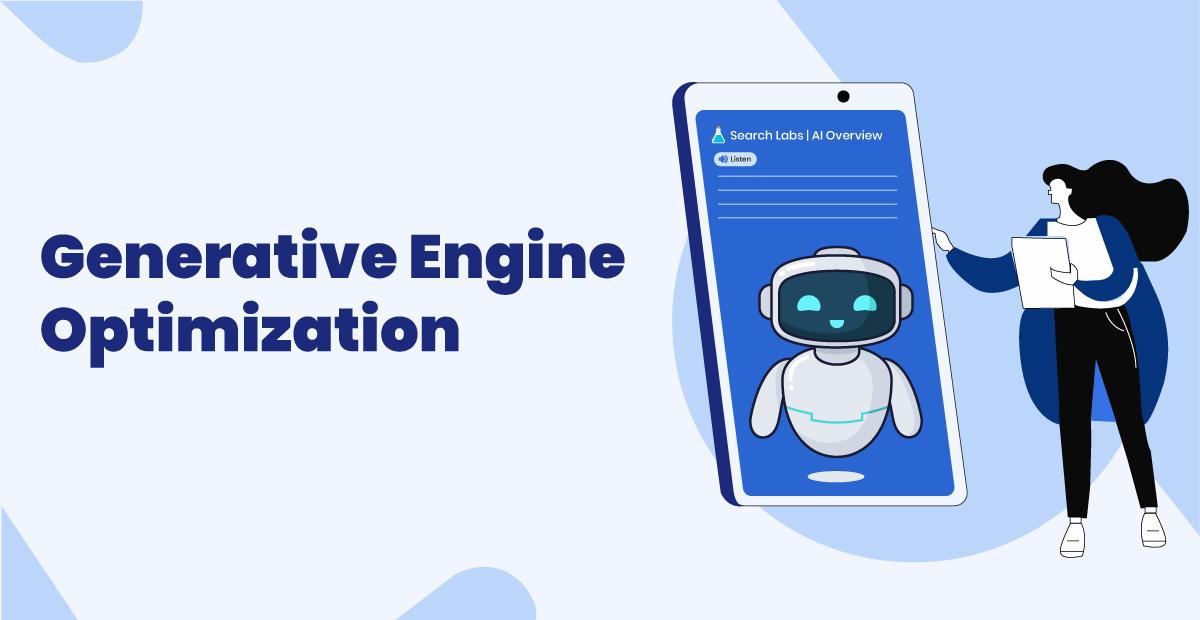
Case Studies: Real-Life Examples of Successful Generative Engine Optimization
In the ever-evolving digital landscape, several businesses have harnessed the power of generative engine optimization to enhance their WordPress platforms. Here are a few standout examples that illustrate the potential of this approach:
1. E-commerce Success: Gifting Solutions
A small e-commerce store specializing in personalized gifts used generative engine optimization to revamp their product descriptions. By leveraging AI tools, they created unique, engaging content that highlighted the emotional aspect of gifting. As a result, the store saw:
- 30% increase in organic traffic within three months.
- 50% boost in conversions on targeted product pages.
- 20% improvement in average time spent on site.
2. Blogging Breakthrough: Health and Wellness Blog
A health and wellness blog aimed at promoting healthy lifestyles utilized generative engines to create high-quality, SEO-optimized articles. By focusing on trending topics and using AI-driven insights, they experienced:
- 40% growth in readership over six months.
- 25% increase in social media shares.
- 15% rise in email newsletter sign-ups.
3. Local Business: Coffee Shop Revamp
A local coffee shop transformed its online presence by optimizing its WordPress site with generative engines. The shop focused on creating localized content that resonated with the community. Their results included:
- 60% increase in foot traffic after launching their new website.
- 35% growth in online orders through improved menu descriptions.
- High engagement on local SEO, leading to a top-three ranking on Google.
4. Non-Profit Engagement: Animal Shelter
An animal shelter sought to increase adoptions and donations through generative engine optimization. By creating compelling stories about the animals and their journeys, they achieved:
- 70% increase in adoption applications in just two months.
- 50% rise in online donations.
- Enhanced community involvement through shared stories on social media.

Future Trends in Generative Engine Optimization for WordPress
As we look toward the future of Generative Engine Optimization (GEO) for WordPress, it’s essential to understand the key trends that will shape this innovative field. The evolution of artificial intelligence and machine learning is poised to revolutionize how we approach content creation and optimization. Here are some trends to keep an eye on:
- AI-powered Content Creation: Tools that utilize AI to generate high-quality, relevant content are becoming more elegant. Expect smoother integration with WordPress, enabling users to create articles that are not only engaging but also tailored to specific audiences.
- Automated SEO Insights: Future enhancements in GEO will likely include advanced analytics tools that provide real-time insights into SEO performance. This means website owners can adjust their strategies instantly based on data-driven recommendations.
- Personalization at Scale: With advancements in AI, WordPress will enable hyper-personalization of content. This means that every visitor could see tailored content based on their preferences, behaviors, and demographics, significantly improving user engagement.
Additionally, the integration of voice search optimization will play a critical role. As more users rely on voice-activated devices, optimizing for voice search will become integral to content strategies. WordPress developers will increasingly focus on providing tools that allow for structured data, making it easier for search engines to understand and rank content appropriately.
To help visualize these trends, consider the following table showcasing potential advancements in GEO tools:
| Trend | Impact | Tools |
|---|---|---|
| AI Content Generation | Higher quality, faster production | GPT-3, jasper |
| Real-Time SEO Feedback | Informed decision-making | Yoast SEO, SEMrush |
| Voice Search Optimization | Increased visibility and traffic | Schema Markup Tools |
Moreover, the rise of no-code solutions is likely to empower even those who are not tech-savvy. User-friendly plugins will emerge that simplify the implementation of generative processes, making powerful SEO practices accessible to everyone, regardless of their technical background.
As these trends unfold, embracing the future of Generative Engine Optimization will be crucial for WordPress users aiming to stay competitive. By leveraging these advancements, website owners can significantly enhance their content strategies and achieve higher engagement and conversion rates.
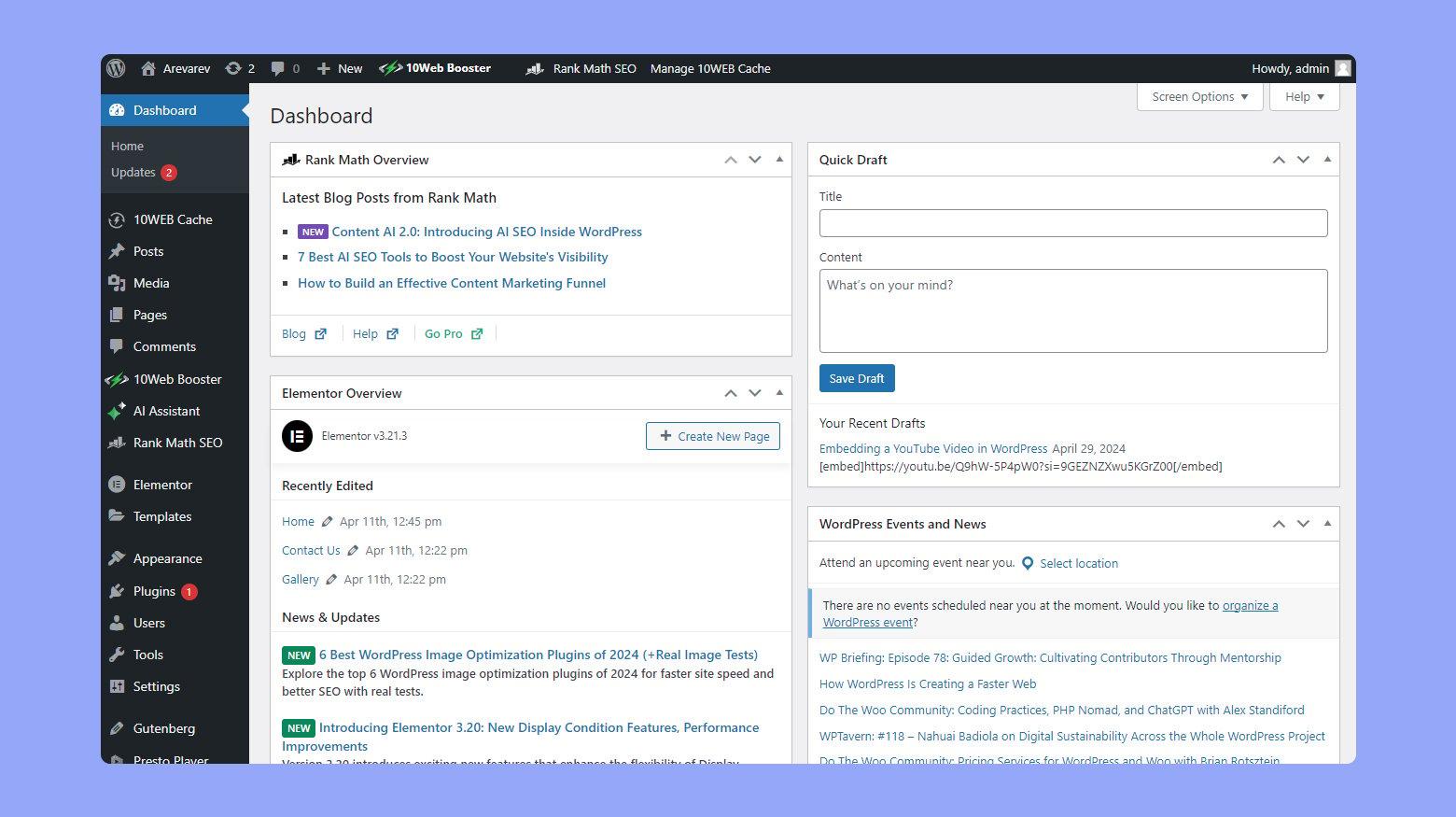
Getting Started Today: Actionable steps for Your WordPress Journey
If you’re ready to dive into the world of WordPress and harness the power of generative engine optimization, here are some actionable steps you can take today.The journey may seem daunting, but breaking it down into simple tasks can make it not only manageable but also enjoyable.
First, it’s essential to understand the basics of SEO and how it applies to your WordPress site. Consider the following key aspects:
- Keyword Research: Identify the terms your target audience is searching for related to your niche.
- Content Quality: Ensure your content is valuable, relevant, and engaging to keep visitors on your site longer.
- On-Page SEO: Optimize your titles,headings,and meta descriptions for the chosen keywords.
Next, take advantage of the numerous plugins available in the WordPress ecosystem. Some essential plugins for SEO optimization include:
- Yoast SEO: Guides you through optimizing your content for search engines.
- Rank Math: Offers advanced features for SEO management.
- all in One SEO Pack: A user-friendly option for beginners wanting comprehensive optimization tools.
As you implement these tools, consider the performance of your website. A fast-loading site not only improves user experience but also boosts your SEO ranking. To monitor your site’s performance, you can utilize:
| Tool | Description |
|---|---|
| Google PageSpeed Insights | Analyzes your site’s speed and provides suggestions for improvement. |
| GTmetrix | Offers detailed performance reports and recommendations. |
| Pingdom Tools | Tests your website’s load time and reports on performance metrics. |
don’t underestimate the power of community. Engaging with other WordPress users can provide you with insights and support. Join forums, follow WordPress blogs, and participate in social media groups dedicated to WordPress topics. Sharing your experiences can open doors to new strategies and collaboration opportunities.
Frequently Asked Questions (FAQ)
Q&A: Generative Engine Optimization for wordpress (Beginners’ Guide)
Q: What is Generative Engine Optimization (GEO) and why should I care as a WordPress user?
A: Great question! Generative Engine Optimization (GEO) is about enhancing your website’s visibility by leveraging AI-driven tools and strategies. If you’re using WordPress, understanding GEO can give your site a competitive edge. It helps you create high-quality content, improve user experience, and ultimately boost your site’s ranking on search engines. More visibility means more visitors, which can translate into higher conversions!
Q: I’m new to WordPress. Is GEO really something I can implement easily?
A: Absolutely! You don’t need to be a tech wizard to get started with GEO.There are plenty of user-friendly tools and plugins available for WordPress that can help automate many aspects of optimization. Plus, this guide will walk you through the basics step-by-step, ensuring you feel confident in implementing GEO strategies.
Q: What are some key strategies for beginners looking to optimize their WordPress site with GEO?
A: For beginners, I recommend starting with these strategies:
- Content Creation: Use AI tools to generate content ideas and even drafts. This saves time and helps you stay consistent.
- Keyword Research: Utilize SEO plugins like Yoast or Rank Math to identify keywords relevant to your niche.
- Image Optimization: Compress images and use alt tags to improve loading times and SEO.
- Mobile Optimization: Ensure your theme is responsive. Many users access sites via mobile devices, so this is crucial.
- user Experience (UX): Focus on site speed,navigation,and layout. Tools like Google pagespeed Insights can help you assess performance.
Q: How can I measure the success of my GEO efforts on WordPress?
A: Measuring success is essential! You can track key metrics using tools like Google Analytics and Google Search Console. Look at page views, bounce rates, and search rankings. If you notice improved traffic and engagement,that’s a good sign that your GEO efforts are paying off!
Q: Are there common mistakes beginners make when trying to optimize their WordPress site?
A: Yes,and being aware of them can save you time and frustration! common mistakes include:
- Neglecting mobile optimization: A significant amount of web traffic comes from mobile users.
- Ignoring site speed: A slow site can drive visitors away. Always prioritize fast loading times.
- Overstuffing keywords: While keywords are important, overusing them can lead to penalties from search engines.
- Forgetting about quality: It’s not just about quantity. High-quality, relevant content is key to keeping visitors engaged.
Q: How long does it take to see results from Generative Engine Optimization?
A: It varies! Some changes, like image optimization, can yield immediate results. However, SEO improvements generally take time—often several months. The key is to stay consistent with your efforts and monitor how your site performs over time. Patience is crucial in the world of SEO!
Q: If I want to dive deeper into GEO, what resources do you recommend?
A: There are many fantastic resources out there! Consider checking out:
- Online courses on platforms like Udemy or Coursera that focus on SEO and WordPress.
- Blogs like Moz and Search Engine Journal for the latest in SEO trends and tips.
- WordPress forums and communities where you can ask questions and share experiences with fellow users.
Remember, the more you learn, the better you’ll be equipped to optimize your site successfully!
Q: Any final tips for WordPress beginners looking to implement GEO?
A: Definitely! Start small and don’t overwhelm yourself. Focus on one or two strategies at a time, celebrate your wins, and keep learning. Engaging with the WordPress community can also provide support and inspiration. With dedication and a willingness to experiment, you’ll see your site flourish in no time. happy optimizing!
The Conclusion
As we wrap up this beginner’s guide to Generative Engine Optimization for WordPress, we hope you’re feeling inspired and ready to take your website to the next level. Embracing these innovative techniques can seem daunting at first, but remember, every expert was once a beginner.
Imagine your website not just as a digital space, but as a thriving hub where creativity meets functionality.by harnessing the power of generative optimization, you’re not only enhancing user experience but also boosting your site’s visibility in search engines. And let’s be honest, who doesn’t want more traffic and engagement?
So, don’t hesitate to dive in! Experiment, tweak, and embrace the process. The tools and techniques are at your fingertips, waiting to be explored. Whether you’re a blogger, a small business owner, or just someone passionate about sharing their ideas, there’s no better time than now to leverage the potential of generative engine optimization.If you have any questions or need further guidance, the WordPress community is here to help. Share your journey, learn from others, and watch your site flourish. Remember, every step you take toward optimization is a step toward achieving your online goals. Happy optimizing!


